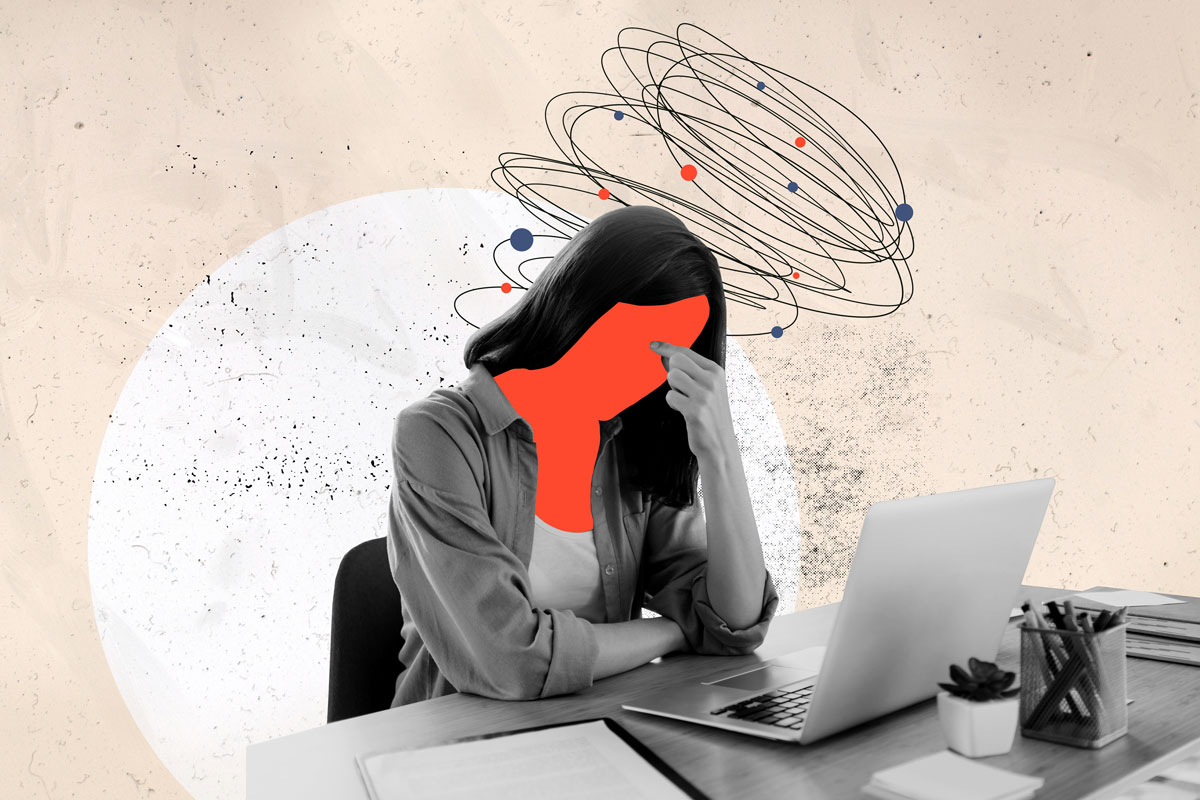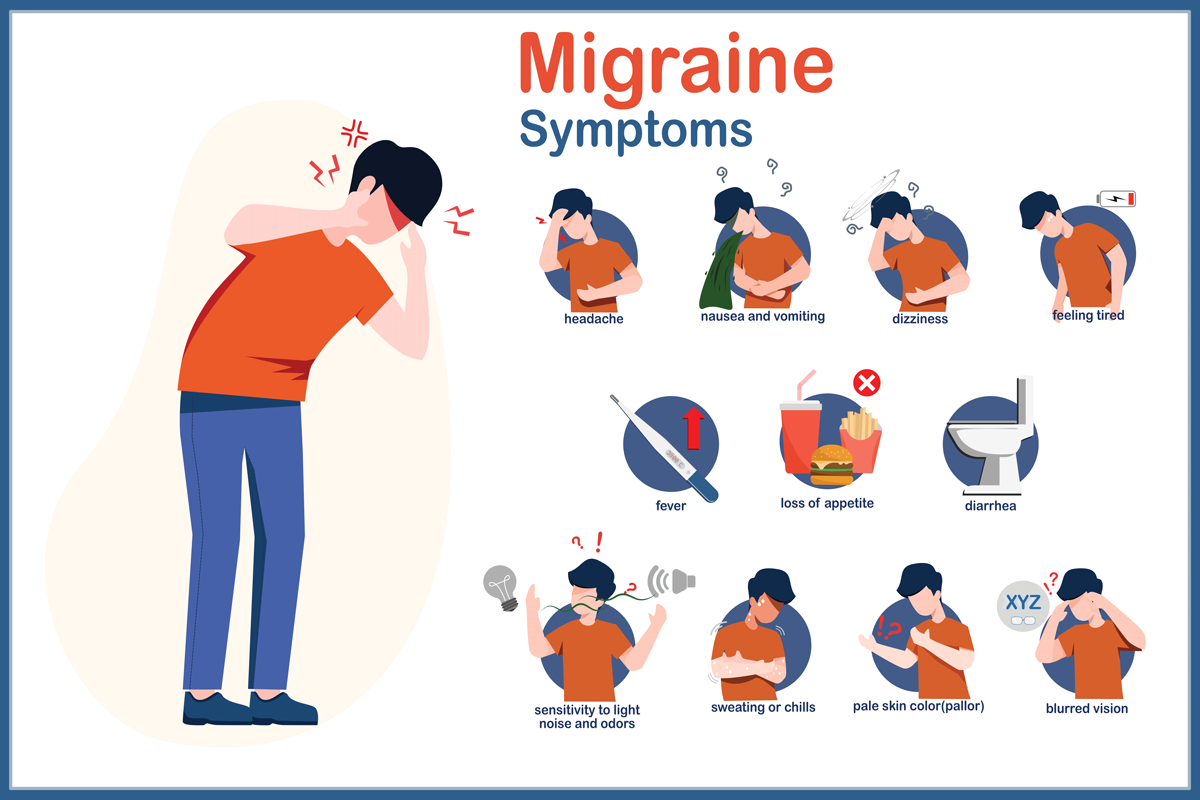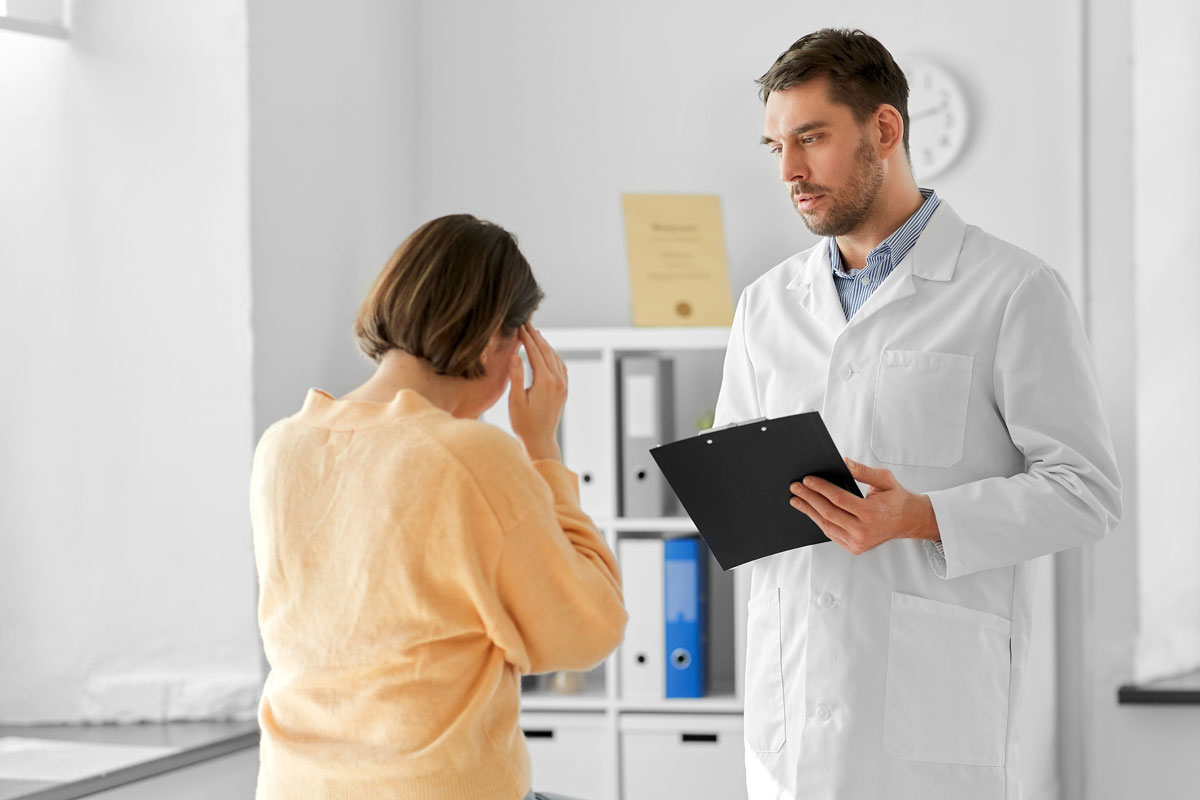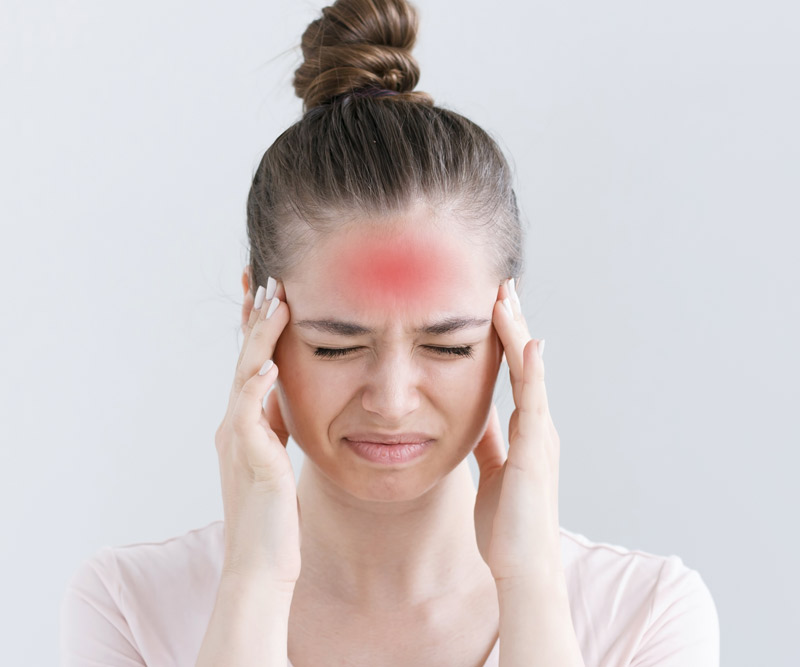
Migraine or Regular Tension Headache: Do You Know the Difference?
Headaches are a common complaint, but how can you tell when it's more than your average head-pounder?
Tension Headache vs. Migraine
Tension headaches are the most common type of headache experienced by adults. Classic symptoms include dull pain, tightness or pressure to your head.
They can last as short as 30 minutes or as long as a few days.
While your head hurts during a tension headache, you can usually still carry on with your regular daily activities. You also don't experience nausea, sensitivity to light or noise, vision changes, or muscle tingling or weakness.
A migraine is a neurological condition that involves a complex group of symptoms unique to the person experiencing the episode. Symptoms almost always include intense headaches that occur repeatedly over the course of anywhere from 4 to 72 hours.
According to the American Migraine Association, about 39 million Americans suffer from migraines, affecting 1 in 4 households in the United States.
Migraines primarily affect people between the ages of 15 and 55, most of whom are women. In fact, women experience migraines three times more often than men.
What Does a Migraine Feel Like?
Migraine pain is typically described as severe throbbing or pulsating pain and is often located on only one side of the head.
The strongest predictors that a headache is a migraine are nausea, severe pain or disability, and light sensitivity.

Many people report experiencing migraines in phases, with symptoms appearing hours or days before the full episode. Some things 60% of migraine sufferers notice include:
- Sensitivity to light, sound or smell.
- Unusual fatigue.
- Food cravings or lack of appetite.
- Mood changes, such as irritability or sadness.
- Increased thirst and needing to pee often.
- Feeling bloated or having other digestive issues like constipation or diarrhea.
While some people report getting "aura" (visual changes or problems, ringing in the ears, tingling or numbness in the face) right before a migraine, these sensory changes only happen in about 20% of people who get migraines.
Following a migraine is a period called the "postdrome," often referred to as a "migraine hangover." Symptoms can include fatigue, inability to concentrate, muscle soreness, inability to concentrate and feeling unusually happy (euphoric) or cranky (depressed).
Common Migraine Triggers
Some common triggers that can bring on a migraine include:
- Lack of sleep or changes in sleep pattern
- Missed meals
- Dehydration
- Physical or emotional stress
- Menses
- Changes in the weather
Lifestyle Factors That Can Increase Migraines
If you suffer from migraines, you should monitor your intake of caffeine, alcohol and tobacco, as these can increase the frequency of headaches.
Eating a healthy diet with lots of vegetables and getting regular aerobic exercise can decrease headache frequency and severity.
Treatments Options for Chronic Migraines
Experts define "chronic migraine" as some type of headache that occurs on more than 15 days a month for at least three months.
There are numerous treatments for chronic migraines. Some medications help to stop the migraine right away, and others are used to prevent the frequency of migraines each month.

The latest treatment is Botox® (onabotulinumtoxinA), which was approved by the FDA in 2010 for treatment of chronic migraines. Botox® helps to reduce pain messages sent to the brain from both muscles and peripheral sensory nerves.
Due to hormonal changes, women with a previous history of migraines may experience a change in their headache pattern with pregnancy.
There are several vitamins and supplements that have been shown to help decrease headache frequency and severity. For pregnant women who continue to have headaches, nonmedication treatments such as biofeedback and active relaxation techniques can also be helpful.
Pregnant women should check with their primary care provider before trying any of these options.
Published on: May 9, 2025




